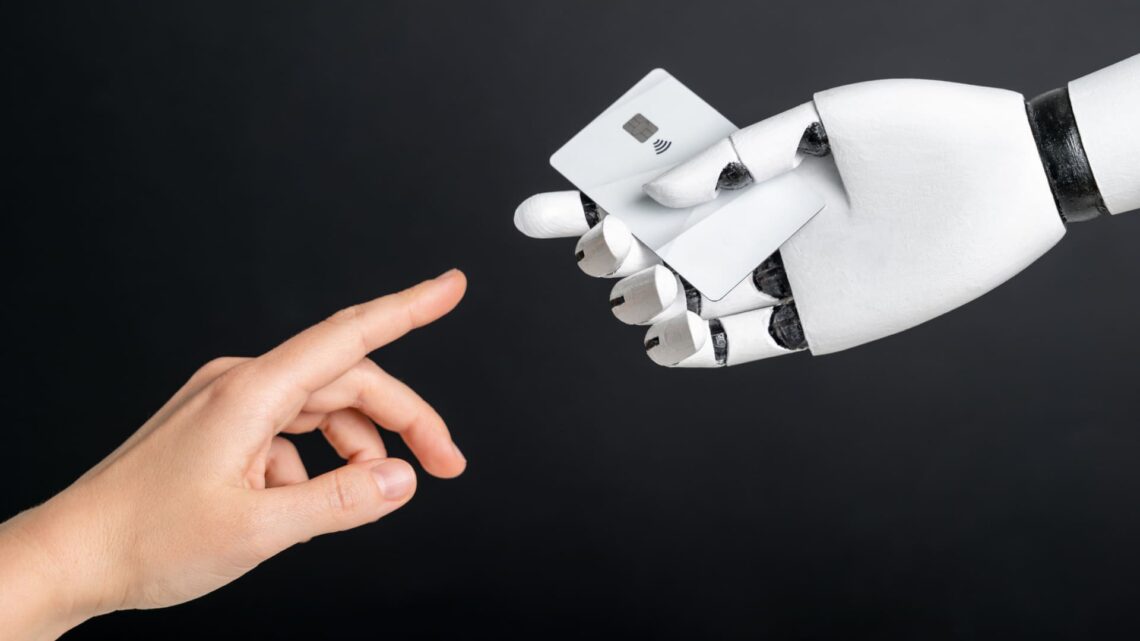When a company completes a transaction or interacts in some way with a customer today, there’s a pretty good chance that customer is a machine. And with all the devices proliferating in the growing digital infrastructure, IT leaders need to be prepared for the age of the machine customer.
“Machine customers are already among us. They’re performing the tasks we’d normally do as human customers,” said Don Scheibenreif, vice president and analyst with Gartner’s customer experience research group.
There are more than 13 billion Internet of Things (IoT) connected products deployed with the potential to behave as customers, shopping for services and supplies for themselves and their owners, Scheibenreif said.
Gartner forecasts that number will rise to 15 billion by 2028, and the firm’s research shows that CEOs estimate 15% to 20% of their revenue will come from machine customers by 2030.
“Today, we are tracking over 100 different emerging examples of machine customers, with more coming to our attention on a regular basis,” Scheibenreif said.
Machine customers can receive messages such as advertising, offers, email and information from the surrounding environment, Scheibenreif said. For example, online car retailer Carvana uses bots to receive messages from humans trying to sell their cars.
They can also make their own purchasing decisions. The Amazon Dash Replenishment service uses smart shelves in homes or offices to trigger reorders of consumable products once a certain usage threshold is reached, Scheibenreif said.
Machines can also negotiate for the best deal, including finding the best value for a transaction and executing the purchase. “Walmart has deployed AI-powered negotiations chatbots to connect with suppliers of ‘goods not for resale’ — categories such as fleet services, carts and other equipment used in retail stores,” Scheibenreif said.
Devices can request service such as repairs, upgrades or even replacement. “Tesla vehicles can diagnose their own issues,…
Read the full article here








